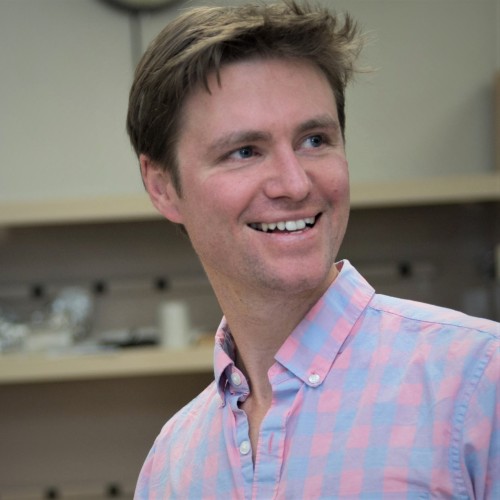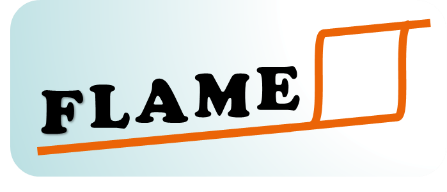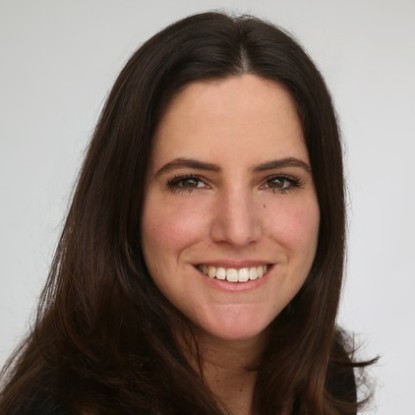
Pyroelectric Energy Conversion with Antiferroelectrics
Dr. Brendan Hanrahan Energy Sciences Division U.S. Army Research Laboratory Adelphi, Md USA
Abstract
Pyroelectric energy conversion takes place in a cycle between two temperatures and two electric fields. How does this work in Antiferroelectrics where the sign of the pyroelectric coefficient changes with electric field? Additionally, how does the path dependence of the antiferroelectric-ferroelectric phase transition effect energy conversion which has prescribed heating and charging processes?
First, we will discuss measurements of the antiferroelectric pyroelectric coefficient from both direct (heating with a static field) and indirect (charging at a static temperature) measurements. These measurements challenge observations of so-called “giant” electrocaloric effects. Subsequent measurements and models of the temperature dependence of the dielectric constant accurately describe the positive, AFE region of the pyroelectric coefficient. Using the direct measurements, we can predict the energy density of pyroelectric energy conversion cycles at various electric fields through the AFE-FE phase space.
Finally, we will discuss a device design that takes advantage of the bi-directional nature of the pyroelectric coefficient in antiferroelectric materials. Using a resonant LC tank, the back-and-forth charging of an AFE and FE capacitor with synchronous heating and cooling provides power output on two ends of the conversion cycle, analogous to opposing pistons in an engine.
Much of the talk draws from the results presented in “Combining inverse and conventional pyroelectricity in antiferroelectric thin films for energy conversion”.
About the FLAME-inars
The FLAME-inars are organized by the collaborative project FLAME at TU Darmstadt, in which electronic-structure-property relationships are being developed and exploited to realize novel lead-free antiferroelectric compounds. The seminars will gather experts in processing, characterization and theory to discuss materials and applications, bulk and thin films, fundamental properties, electronic structure & defects, and related aspects.



